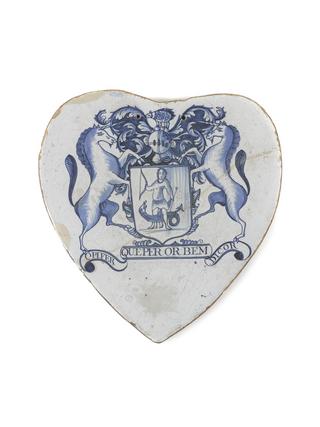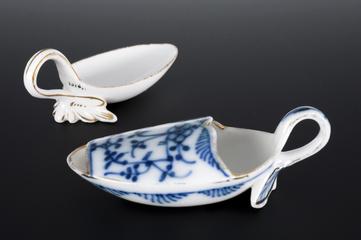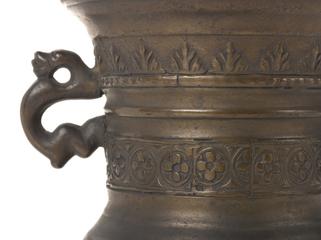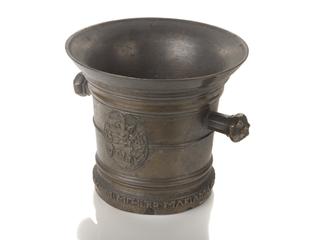
Silver combined vinaigrette and scent flask, in the form of a hunting horn, with hinged lid and perforated inner lid, chain for suspension, by S.Mordan and Co., London. 1851 to 1900
Vinaigrettes were small containers used for holding fragrant substances, often dissolved in vinegar, which were popular amongst wealthier sections of the British population from the late 18th century through the mid-19th century. Many were designed in silver, sometimes to novelty forms like this one, within which a tiny piece of sponge, soaked in the pungent scent, was contained beneath a grill or perforated cover.
Originally carried by both sexes, though latterly mainly women, they could be kept in a pocket or at the end of a chain and be quickly accessed in the wearer encountered some of the foul smells that would be a familiar part of life during those times – particularly in urban areas. In an era when disease was thought to been carried in the air via foul-smelling ‘miasmas’, vinaigrettes were also seen as having protective properties. Accessed via a hinged lid, the scent might also be inhaled if the wearer was feeling ill or faint – much like smelling salts.
Made by s. Mordan and Co, London. The company was established by Sampson Mordan (1790–1843) and later continued by his sons Sampson Mordan Jr. and Augustus after his death.
Details
- Category:
- Pharmacy-ware
- Collection:
- Sir Henry Wellcome's Museum Collection
- Object Number:
- A642086
- Measurements:
-
overall: 111 mm 37 mm,
- type:
- vinaigrette
- credit:
- Loan, Wellcome Trust



